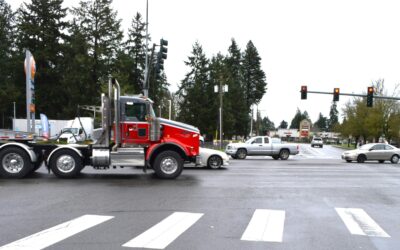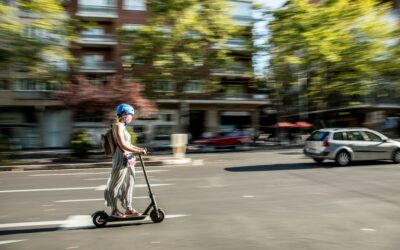Halloween is one of the busiest pedestrian nights of the year in Georgia. Costumes reduce visibility, kids dart between cars, and drivers juggle phones, GPS, and parties. The result is a predictable spike in pedestrian injuries—especially in neighborhoods with narrow streets and limited lighting. If your child or a family member is hit by a car on Halloween, knowing what to do in the first 24–48 hours can protect their health and your Georgia personal injury claim.
Halloween crash risk climbs because many drivers fail to slow down for neighborhoods, visibility drops after sunset, and excitement makes children unpredictable near driveways and crosswalks. Add dark costumes, masks that limit peripheral vision, and higher traffic from trunk-or-treat events, and the odds of a serious injury climb quickly. Even “low-speed” impacts can cause concussions, fractures, and long-term soft tissue injuries for kids.
What to do immediately after a Halloween pedestrian crash
- Call 911 and request EMS for evaluation. Concussions and internal injuries can appear hours later; prompt documentation links symptoms to the crash.
- Get the police report number on scene. Ask officers to note lighting conditions, costume visibility, and whether the driver was speeding, distracted, or impaired.
- Document the scene. Take photos of the roadway, crosswalks, stop signs, lighting, skid marks, candy bags or costume pieces in the road, and vehicle damage.
- Collect witness info. Neighbors, other parents, and trunk-or-treat volunteers can confirm what the driver did before impact.
- Preserve physical evidence. Keep the costume, shoes, and any damaged items (glasses, phones, strollers); these often show impact points and visibility.
- Avoid recorded statements to insurers. Provide basic facts only until you speak with an attorney; never guess about speed, distance, or fault.
- Follow medical care and keep all records. ER notes, imaging, therapy referrals, and school absence letters form the backbone of a strong claim.
Under Georgia’s fault system, drivers must operate safely for conditions—especially in residential areas filled with children. When a motorist speeds, rolls through stop signs, fails to yield at crosswalks, or drives distracted or impaired, they can be liable for your family’s injuries. In some cases, additional parties share responsibility: a homeowner who blocks sidewalks with vehicles or decorations that force kids into the street, or an event host who funnels traffic through unlit areas without cones or crossing help. Identifying every responsible party and insurance policy can increase total recovery.
Common injuries and damages after Halloween pedestrian impacts
Children often suffer concussions, facial injuries, fractures, knee and ankle trauma, and significant abrasions. Beyond emergency care, many need follow-up with pediatrics, orthopedics or neurology, physical therapy, counseling for anxiety around traffic, and accommodations at school. Recoverable damages in a Georgia injury claim can include medical bills and future care, pain and suffering, counseling, replacement of damaged items (glasses, mobility aids, electronics), and lost wages for parents who must miss work to provide care.
Insurance coverage to consider
The at-fault driver’s auto liability coverage is primary. If coverage is limited or disputed, your family’s uninsured/underinsured motorist (UM/UIM) policy may help—even when the injured person was a pedestrian. Medical payments coverage (MedPay) can support immediate treatment costs regardless of fault. When an event host or property owner contributed to dangerous conditions, their commercial or premises policy may also apply. Because multiple carriers may point fingers on Halloween night, quick investigation and careful claim strategy are essential.
Prevention tips for families and hosts
- Choose costumes with reflective elements and use small clip-on lights or glowsticks.
- Walk on sidewalks; cross only at corners or marked crosswalks.
- Make eye contact with drivers before crossing—even when you have the right of way.
- Event hosts should add lighting, designate crossing points, and keep driveways clear to avoid pushing pedestrians into the street.
Gunn Law Group acts quickly after Halloween crashes to secure doorbell and security-camera footage, collect witness statements while memories are fresh, and obtain police, EMS, and school records that show impact on your child. We coordinate with your medical providers, calculate present and future losses, and negotiate with every responsible insurer to pursue the maximum compensation Georgia law allows—so you can focus on recovery, not red tape.
If a Halloween pedestrian accident turned a night of fun into a medical emergency, don’t navigate the process alone. Need a home run? Call the Big Gunn at 888-BIG-GUNN for a free case review with an Atlanta personal injury lawyer who knows how to win these claims.




